Ausangate Circuit
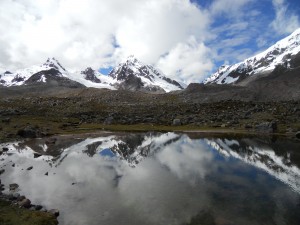
In the book description of this trek, it reads that you get pretty much everything on this trek – from seeing indigenous villages, alpaca herds, snowy mountain ranges, vicuňas (wild alpaca-llama ancestors), hot springs, and hiking 80km at 3500m or higher. They did not lie. This was one of the better treks that I have been on (and, as my faithful readers know, I have been on some good treks this year).
The Ausangate massif is a large chunk of mountain – with 4 or 5 summits, some huge glaciers and lots of snow and rock. Over the past 5 days Joseph (a recent college grad who has spent the year in South America who I met through a post I put on the lonely planet forum looking for a hiking partner) and I hiked around it all.
Though the weather was not perfect – we had everything from snow to hail to sleet to rain to sun – we got some great views of glaciers, alpine lakes and mountain tops. Our highest pass was 5100m, but the other two were 4700m and 5000m. We did see several vicuňas– strange sounding animals that are in the camel family. We saw herds and herds of alpacas (funny looking animals that they are). We spent time in two thermal hot spring baths. We saw locals living their lives – tending to their alpacas or sheep.
Our third night, we meant to stay by a lake that was below our last past. Earlier that day we had climbed up to our highest pass of 5100m and then down through a beautiful green valley. On our way to the lake (that the book said had an excellent campsite), we had to climb back up. As we continued to climb, we slowly realized we were approaching the last pass and somehow had missed the lake. However, when we reached the pass, we found a tiny stream that would suffice for our water needs and decided to camp at 5000m – knowing that if the clouds cleared we would have some great views. Though this made for a chilly night, we did have some great views in the morning and a beautiful walk down through the valley below.
This trek can definitely be done in less than 5 days (the book even recommends backpackers to take 6 days!) – as we ended up having lots of tent time. We only saw three other groups out there – one on horseback and the other two with horse teams (carrying their gear). They all looked amazed that we were without guide and without horse support, but really, it was not all that hard of a trek. The hardest part was the route finding – which accounted for about 25-40% of our time on the ‘trail’.
The mountains here are definitely amazing and I know that I need to come back (ideally during the dry season to maybe do some climbing!). In the mean time, I have a ticket to Machu Picchu for Thursday and hope to do a trek to get out that way for three days in the Lares Valley – which is suppose to be beautiful. Then I will hightail it (as quickly as one can go in the buses here) up to Lima and then Huaraz for one final last hurrah in the mountains! Hard to believe that it is coming to an end….
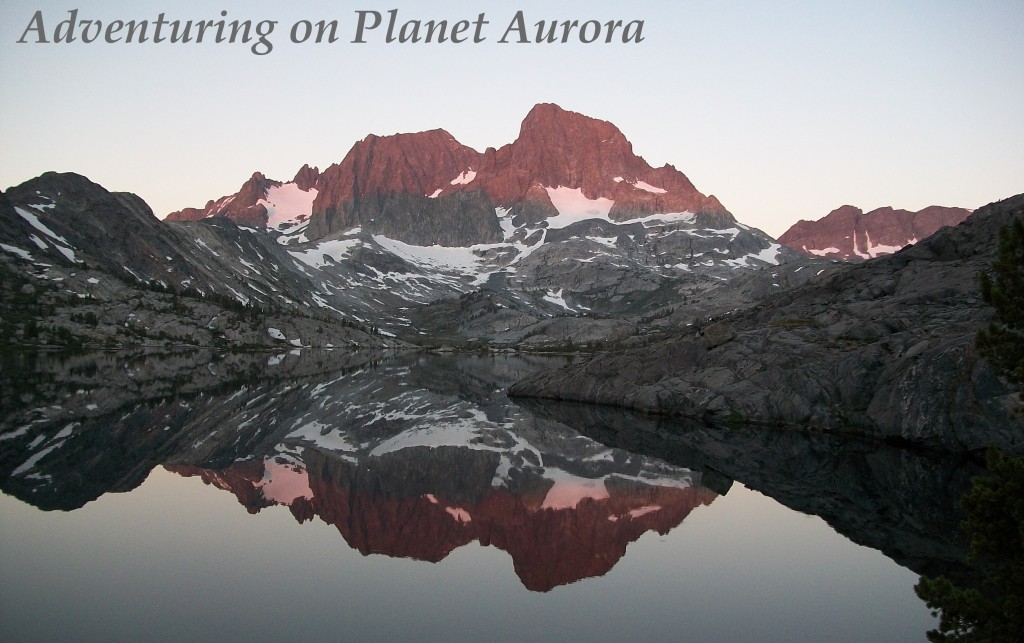

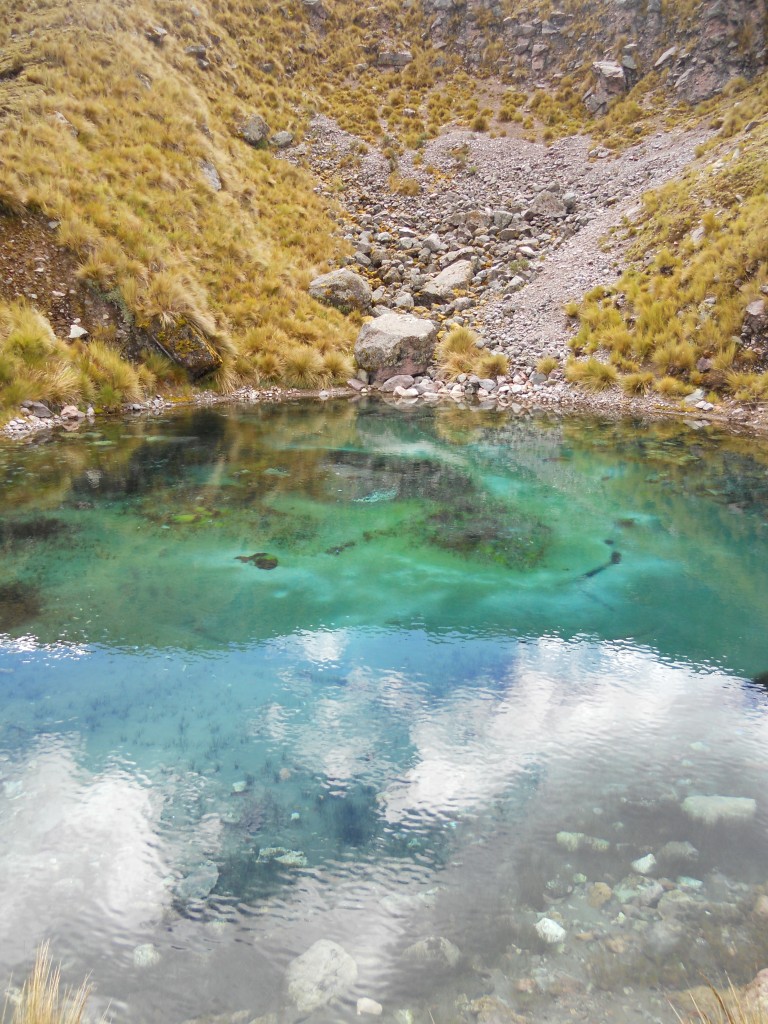
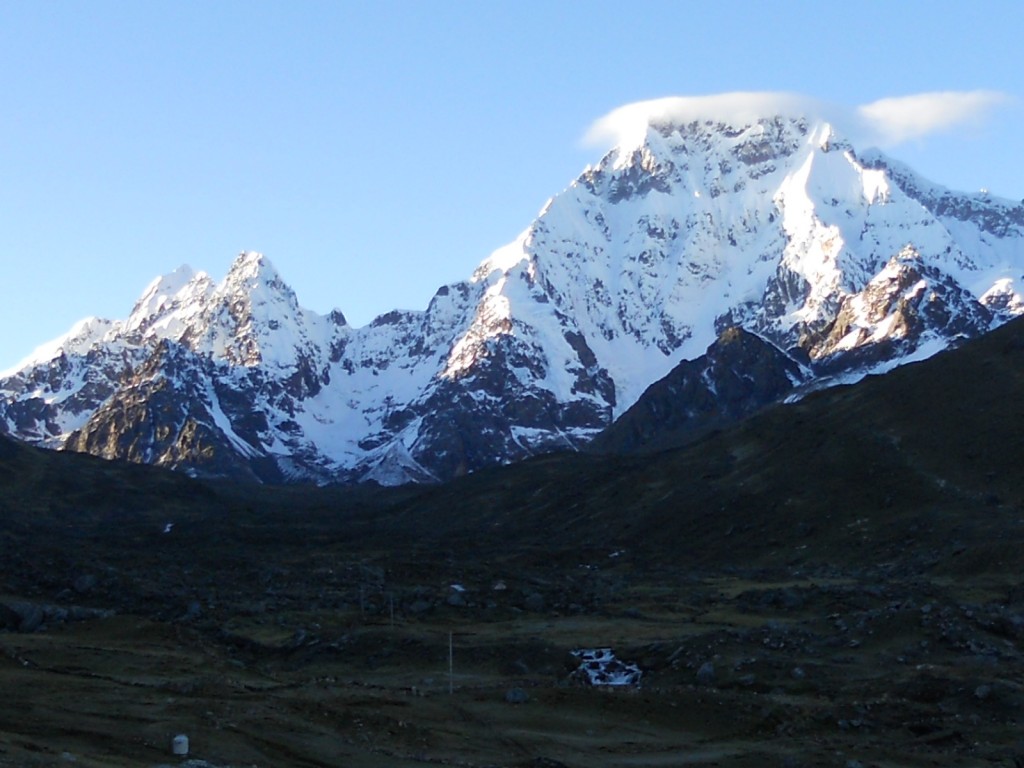
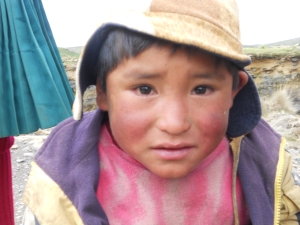
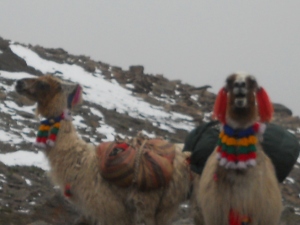
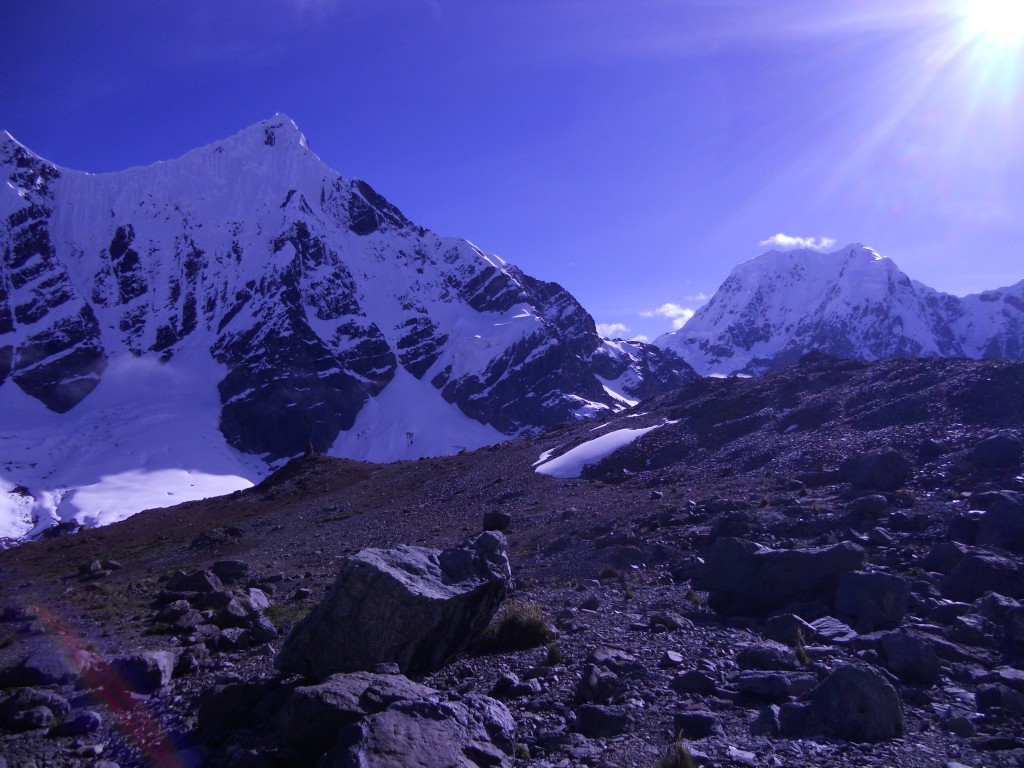
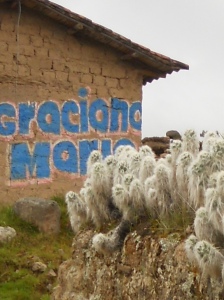
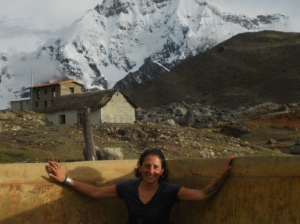


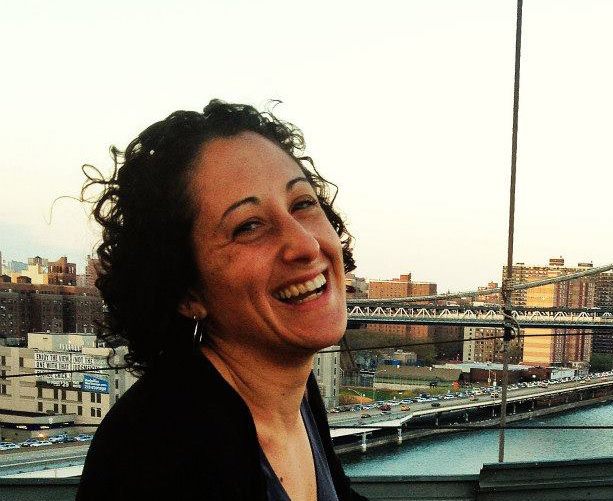
Trackbacks & Pingbacks